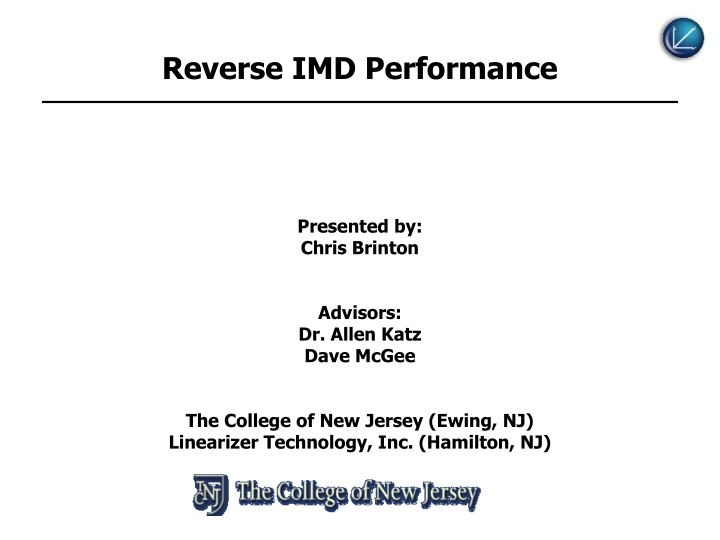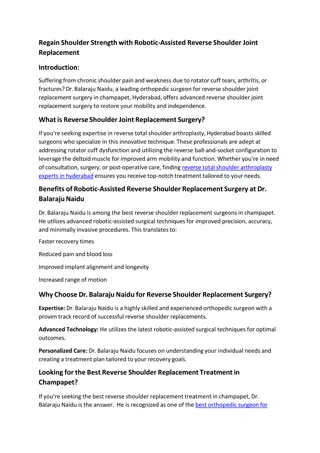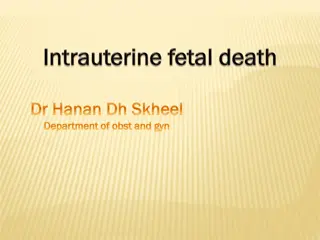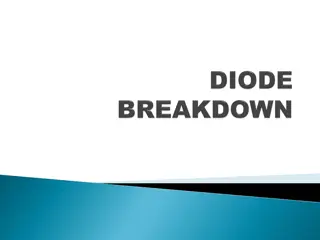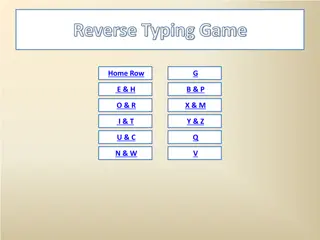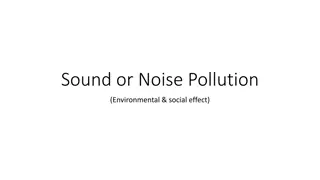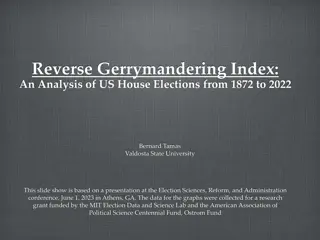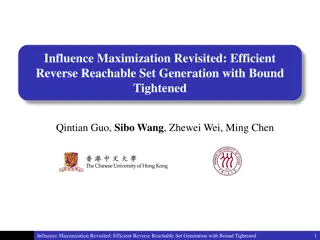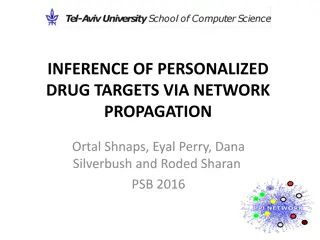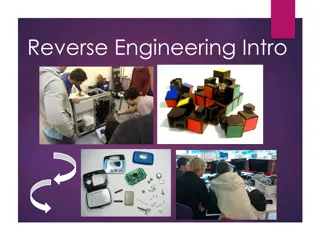Reverse IMD - Causes, Effects, and Solutions
Reverse Intermodulation Distortion (IMD) can be a major issue in high-power transmitter environments, causing interference at receiver sites. This study explores the phenomenon, its impact, and strategies for mitigation, based on detailed observations and amplifier measurements.
Download Presentation

Please find below an Image/Link to download the presentation.
The content on the website is provided AS IS for your information and personal use only. It may not be sold, licensed, or shared on other websites without obtaining consent from the author.If you encounter any issues during the download, it is possible that the publisher has removed the file from their server.
You are allowed to download the files provided on this website for personal or commercial use, subject to the condition that they are used lawfully. All files are the property of their respective owners.
The content on the website is provided AS IS for your information and personal use only. It may not be sold, licensed, or shared on other websites without obtaining consent from the author.
E N D
Presentation Transcript
Reverse IMD Performance Presented by: Chris Brinton Advisors: Dr. Allen Katz Dave McGee The College of New Jersey (Ewing, NJ) Linearizer Technology, Inc. (Hamilton, NJ)
Agenda 1. What is Reverse IMD? 2. Observation test system 3. Amplifier measurements and data interpretation 4. Mitigating the phenomenon 5. Conclusions
Effect of Reverse IMD Can be a major problem where multiple high power transmitters operate in close proximity Cell telephone sites Broadcast facilities Satellites Causes interference at receiver Source of error in non-linearity measurements
What is Reverse IMD? Reverse Intermodulation Distortion (IMD) Little studied on the phenomenon Unwanted signals enter amplifier output port Beating with main carrier produces distortion products IMD Fin F1, F2, ...
SPECTRUM OF REV IMD TEST SIGNALS INTERFERER IMD
Testing Details L-band frequency range (1,000 to 2,000 MHz) Center 1.3 GHz, C1 to C2 spacing of 1 MHz C1/C2 levels between 20 and 50 dB Amplifiers tested 200W wideband GaN solid state SSPA 200W LDMOS SSPA Several lower power GaAs SSPAs Bipolar SSPA Completeness: Traveling wave tube amplifier (TWTA)
200 W GaN SSPA REV IMD PERFORMANCE NO SIMPLE RELATIONSHIP
10 W GaN SSPA REV IMD PERFORMANCE ~2 dB/dB DECREASE
20 W BIPOLAR SSPA REV IMD PERFORMANCE ~2 dB/dB
TWTA REVERSE IMD PERFORMANCE ~2 dB/dB: PROVIDED BEST PERFORMANCE
REVERSE IMD OF DIFFERENT HPAs QUADRATURE COMBINING AMPS SUPPRESSES REVERSE IMD
EFFECT INTERFERER ON IMD 1 dB/dB
Reverse IM Distortion Mitigation For narrow band transmission systems, suppression can be achieved using filtering For wideband applications, and where the frequency of the interfering signal changes, other techniques are need Techniques Isolation Phasing
Isolators Introduce some loss Expensive Several broadband (1 2 GHz) 200 W isolators/circulators were purchased Specified isolation of better than 20 dB Insertion loss of 0.5 dB or less
Phasing Principle Sample the interfering transmitters Couple the resulting signals into the outputs of the corresponding sending transmitters 180 out of phase
Phasing Results More than 35 dB of additional rejection achieved Maximum rejection measured limited by noise floor In reality, need adaptive adjustment of attenuation and phase settings: Changes with frequency and environment
Summary The effect of Reverse IMD varies at 1 dB/dB in relation to the interfering signal At high OPBO, the Reverse IMD displayed a variety of different characteristics that could not be associated with a particular type of amplifier. Quadrature combining amplifiers provide the best improvement overall (Aethercomm and TWTA). The Aethercomm GaN SSPA provided the best Reverse IMD performance of all the SSPA tested.
Summary A TWTA provided best performance. Isolators are shown to increase performance by a dB factor of their coupling. An adaptive IMD cancelation system is practical and can reduce Reverse IMD levels over 35 dB.
